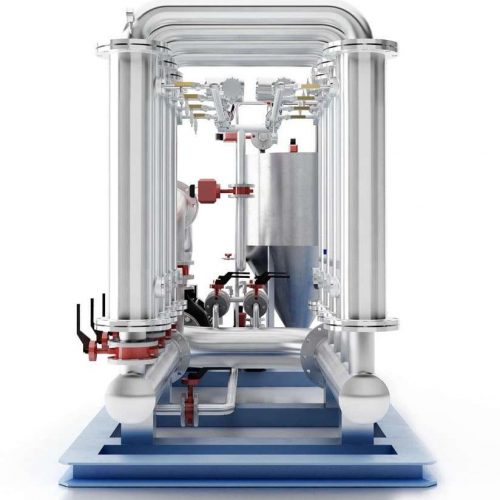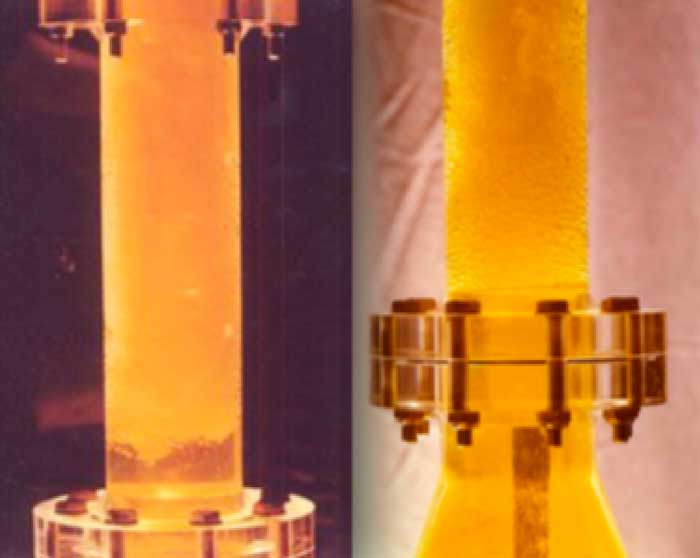
Climate change – How it is related to industry?
Paleoclimate evidence tells us that current global warming is happening around ten times faster than historic ice-age-recovery warming.
With no legitimate earthy explanation for this acceleration, humans sound like an easy scapegoat, but the evidence is clear: over 90% of climate scientists agree that humans are causing global warming to accelerate.
Climate change and industry
How is climate change related to industry? Because the bulk of greenhouse gases that cause global warming (and fuel climate change) are produced by industry.
The UN’s roadmap to a carbon-free future highlights six industry sectors that are responsible for the bulk of greenhouse gases:
- Energy (12.5 GT)
- Industry (7.3 GT)
- Agricultura and food (6.7 GT)
- Buildings and cities (5.9 GT)
- Forest and land use (5.3 GT)
- Transport (4.7 GT)
In the list of industry sectors above, GT stands for gigatons, while the figure before it corresponds to what UN researchers say each industry has to cut annually by 2030 to limit global warming to an average of 1.5°C above pre-industrial levels.
Solutions to decarbonise the economy
As big as the job looks (one gigaton is a lot of gas) the UN notes that humanity does not need to wait for new technologies because they exist today, and likewise, new processes for farming and food production also exist today.
For example, many businesses can increase reuse and recycling, replace fossil fuels for heating with renewable electricity, adapt production equipment to lower energy use and invest in carbon capture systems.
Water recycling

Water can be recycled using a variety of single-stage and multi-stage treatments, but treatment plants must move away from chemical water recycling processes that produce effluent to reduce waste and carbon emissions in the supply chain.
Membrane Bioreactors (MBRs) are the most common systems for small to medium scale recycling. Membracon MBRs support a flow rate up to 2,000m3/day and produce no waste, utilising biological treatment to degrade organic contaminants.
Treating water with a Membrane Bioreactor may require additional filtration stages using ceramic membranes that filter at high flows. Ceramic membranes support bioreactors when filtering high-loaded water and liquid wastes.
Water sterilisation is another area of focus. Instead of chlorine and chemicals, eco-friendly UV disinfection can be used to sterilise water.
Carbon capture and storage

Carbon emissions are unavoidable from industrial activities, but we can at least capture them, store them, and reuse them in other processes.
Carbon capture and storage (CCS) is an emerging technology that prevents large quantities of carbon dioxide from escaping into the atmosphere. It captures emissions at the source so that machines emit no harmful greenhouse gases.
Captured CO2 emissions are pressurised and turned into fluid supercritical CO2, which can be transported safely and used in more applications. Captured CO2 can also be injected into rock formations in a process called geological sequestration.
Carbon capture and storage is a scalable decarbonisation solution for dealing with CO2 emissions today, and investment is growing – the Global CCS Status Report 2020 shows that global CCS capacity has increased by 33% since 2019.
